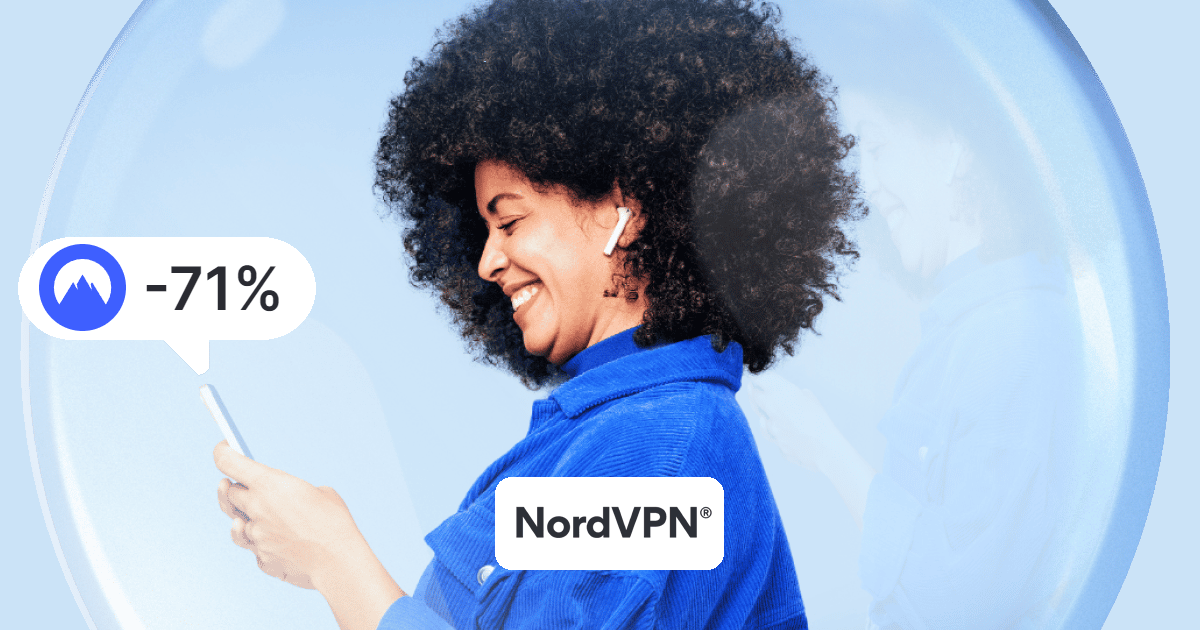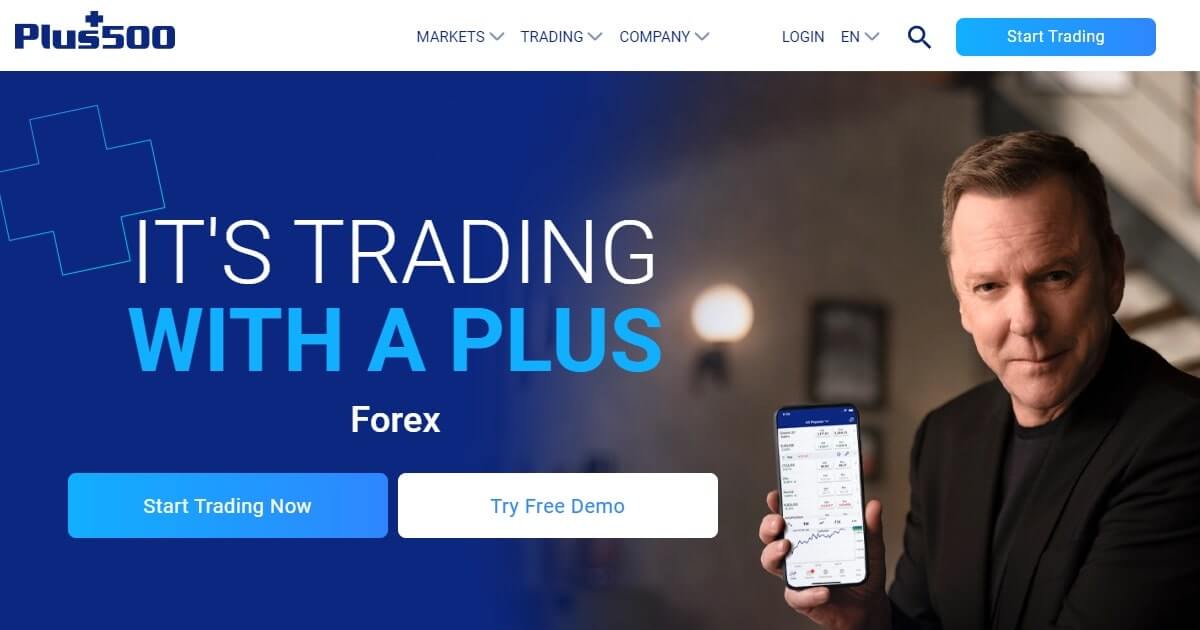English to French localization for a premium safari operator in Africa.
International display campaigns for virtual private network market leader NordVPN.
Native advertising campaigns in several African country markets for gaming regional leader BetWay.
In the wild wild web, everyone is trying to out-scream each other for attention. When it comes to affiliate marketing, there’s a subtle war raging: SEO vs advertising traffic. Which one is best ?
What is affiliate traffic ?
Affiliate traffic is essentially the golden goose in the realm of digital marketing. It consists of visitors driven to a website or landing page through affiliate links. These links are often sprinkled like confetti across various blogs, YouTube channels, and social media posts by affiliates looking to earn a commission every time someone converts through their link. Now, where does the traffic come from ? Affiliate mostly chose between generating traffic via SEO sites or via advertising. When it comes to SEO vs advertising traffic, is there truly one better to generate affiliation revenues ?
The magic of organic traffic
Organic traffic, or SEO (search engine optimization) traffic, is the art of attracting visitors through search engines without paying a single dime directly to those pesky advertisers. It involves optimizing your content so that dear old Google and friends think you’re the most relevant thing since sliced bread for particular keywords. For example, an affiliate could write high-quality blog posts targeting specific long-tail keywords related to their niche. Over time, as these posts generate backlinks and user engagement, they’ll climb higher in search rankings, thus pulling in more organic traffic.
The allure of paid traffic
Paid traffic, also known as SEM (search engine marketing) traffic, is the direct opposite. Here, marketers splash their cash on advertisements, hoping to lure in potential customers. This method might be faster and more controllable, but boy does it come with its own bag of tricks – and expenses! Imagine running a targeted Facebook ad campaign promoting a lucrative product. With the right settings and compelling ad copy, you can start seeing conversions almost immediately, although this quick result comes at a financial cost.
Advantages of selling and purchasing SEO traffic
SEO traffic has a charm many can’t resist. Why, you ask? The first advantage lies in long-term ROI. Once you manage to rank high on those coveted search result pages, the traffic keeps cascading in like clockwork. Essentially, your investment keeps paying off long after you’ve done the legwork. Secondly, SEO nurtures brand authority. When potential customers see your brand consistently showing up in search results, they start trusting you. Trust equals credibility. And credibility equals conversions. Win-win!
With SEO, content marketing becomes your best friend. Quality content attracts backlinks, serves value to readers, and helps you climb the rankings. It’s all intertwined like a marketing soap opera. People get value; you get traffic. Everyone’s happy. Blogging, infographics, video content, and other forms of content help keep your audience engaged while simultaneously boosting your SEO efforts. Plus, evergreen content continues to attract visitors long after its initial publish date.
The secret sauce: keyword research
Effective SEO requires meticulous keyword research. This means identifying what potential customers are searching for, then tailoring your content to match these search queries. Do this well, and you’ll find organic traffic flocking to you like seagulls to a breadcrumb. Utilize tools like Google’s Keyword Planner or SEMrush to uncover valuable keywords and phrases. Crafting content around these terms can significantly enhance your visibility on search engines.
The pros of using advertising traffic
Tired of waiting around for those organic hits? Enter the world of paid traffic. Think short-term conversions here. With a good strategy, you could literally see returns within hours – just don’t forget your wallet at home. Paid traffic allows for precise targeting. Unlike the scattergun approach of organic reach, ads let you pinpoint demographics with sniper-like accuracy. You want 30-year-old dog lovers living in New York who enjoy hot yoga? Sure thing! Just cater your ad settings accordingly.
Some savvy marketers use the concept of traffic arbitrage to turn their advertising traffic into gold. They purchase low-cost traffic from one platform and funnel it to higher-paying cost-per-click offers. It’s risky but potentially lucrative if executed correctly. Think of it as buying inexpensive clicks on less competitive platforms and directing them to high-value offers on another platform. If done right, the profit margins can be quite substantial.
SEO vs advertising : ads win the speed test
One major pull of advertising traffic is the immediate visibility. Make a payment, launch an ad, and voila! Eyes on your page, product, or service within minutes. There’s no six-month wait while fiddling with meta-tags and backlink strategies. This instant nature makes advertising traffic a go-to strategy for time-sensitive promotions, such as holiday sales or new product launches.
Inconveniences of SEO traffic
Despite its amazing benefits, SEO traffic isn’t all rainbows and butterflies. First off, it’s time-consuming. Achieving prime ranks on search results can take months, even years. Long-term ROI, yes, but patience is definitely required. Another downside? Unpredictability. Algorithms change more often than fashion trends. Today you’re number one; tomorrow you might not even appear on the first page. That kind of stress ages people prematurely! SEO isn’t a set-it-and-forget-it deal. Regular updates, continuous content creation, and persistent tweaks are necessary. You’re basically running on a treadmill that never stops.
To maintain or improve your rankings, stay updated with algorithm changes, produce fresh content, and continually optimize existing posts. Also, get ready for a fight. The space is cutthroat. If you’re in a competitive industry, you will face stiff competition from established players who have been dominating search results for eons. Good luck knocking them off their perch! Battling for top spots against heavyweights requires significant effort and often innovative strategies to gain an edge.
Inconveniences of advertising traffic
Let’s talk money first. Maintaining a high volume of advertising traffic can burn holes in pockets faster than bad investment choices. Without proper budget management, costs can spiral, leading to questionable short-term conversions. And oh, the noise! Users are bombarded with ads constantly. Standing out requires creativity and innovation, turning your advertising game into a never-ending quest for that perfect ad copy and design. If users see the same ad repeatedly, they develop ad fatigue and begin ignoring it.
Changing creatives regularly means additional expense in both time and effort. Rotating ad creatives frequently is essential to keep the target audience engaged and interested. And don’t forget : most people don’t trust ads. Well, not much anyway. Consumers often view ads with skepticism, meaning you need extra effort to convert a skeptical visitor into a loyal customer. Perhaps a sleight-of-hand magician would be handy? Building trust through ads involves using authentic testimonials, clear messaging, and avoiding clickbait tactics.
SEO vs advertising in the real world
So, how do affiliate marketers utilize SEO and advertising traffic? In practice, it’s often a blend of both. Smart marketers capitalize on the strengths of each. SEO builds a solid foundation, ensuring steady, cost-effective flow over time, while ads fuel surges during peak seasons or special promotions. Let’s say you have a killer blog post that’s drawing good organic traffic due to top-tier SEO tactics. Using ads to promote this piece can give it that extra boost, bringing in fresh eyes who’d otherwise miss it.
By mixing SEO and advertising, marketers balance the scale between slow, stable growth and quick, aggressive gains. It’s like surfing: sometimes you ride the slow waves, sometimes you chase the big ones. This hybrid approach ensures a consistent influx of traffic while also allowing for strategic bursts aligned with marketing campaigns or sales events.
Measuring success
Finally, let’s not forget to measure all what you’re doing. Utilizing analytics tools to track engagement metrics and conversion rates from both sources is crucial. Understanding which channel provides the best return for specific campaigns ensures better strategic decisions down the line. Regular analysis of performance data helps to fine-tune strategies and allocate resources effectively between SEO and advertising initiatives.
And there you have it, folks! The eternal battle between SEO traffic and advertising traffic. Both have their merits and drawbacks, and choosing the right mix can turn average affiliates into rockstars of the marketing world. Enjoy the ride, and remember: keep your keyword list close and your ad budget closer.
Image : FernandoSimpson
Mobile native advertising campaign delivered in French and English in various European and African markets.
Programmatic native advertising campaigns for online trading platform Plus500 in English and German speaking markets.
Management and development of brand and content for French sports digital magazine L’Outsider.
Shopper marketing content localization from German to French for Swiss oral care manufacturer Smilepen.
Online advertising campaigns in the UK market for digital payment solution provider Astropay.
Native advertising campaigns in Australia for international online lottery platform theLotter.










